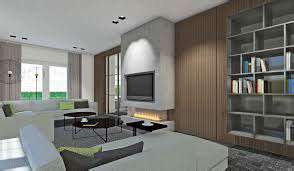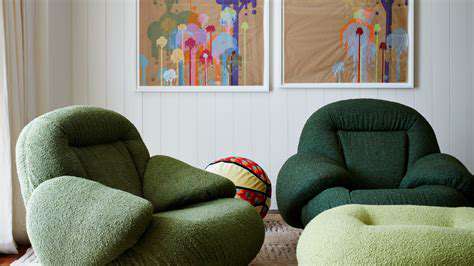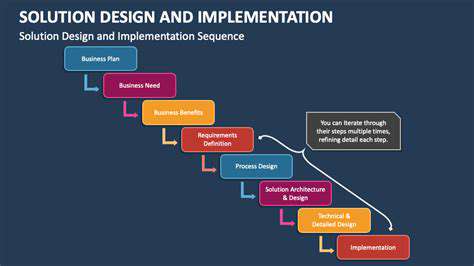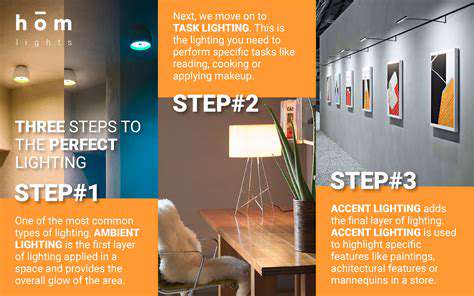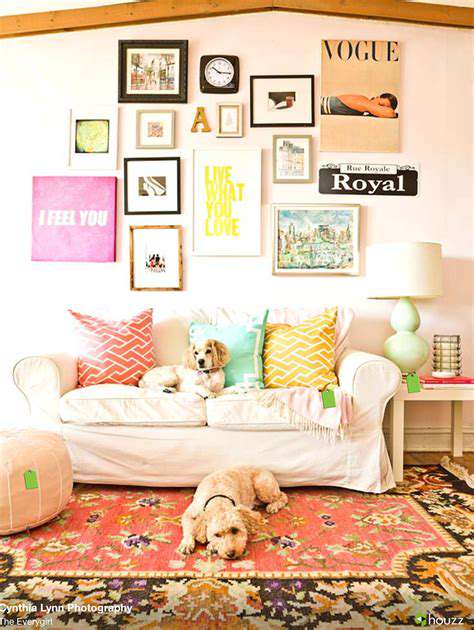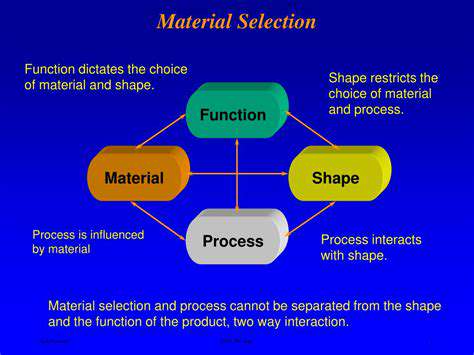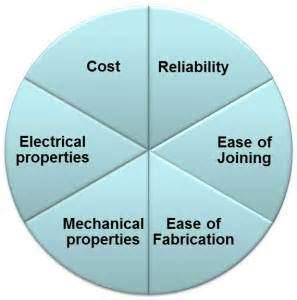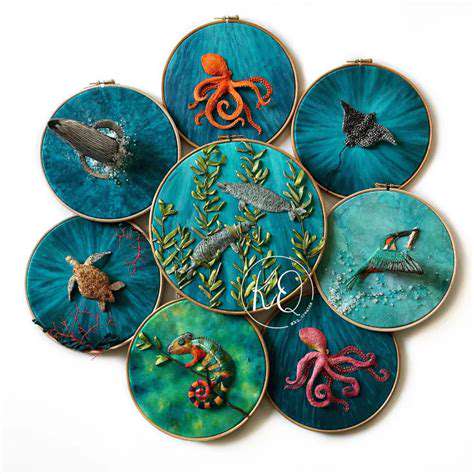Expert Tips on Coordinated Lighting in Full Package Home Projects
Ambient lighting forms the bedrock of any cohesive lighting narrative. Imagine walking into a softly lit living room where the glow from recessed fixtures and table lamps creates an instant sense of warmth. This foundational layer isn't just about brightness - it's about crafting an environment that feels intentionally welcoming. The right ambient lighting transforms empty spaces into inviting sanctuaries, much like how sunlight filtering through trees creates natural comfort zones.
Room dimensions dramatically influence lighting choices. Cathedral ceilings demand different solutions than cozy reading nooks. I've noticed how designers often combine three light sources in larger areas: overhead fixtures for general illumination, floor lamps for mid-level lighting, and table lamps for intimate pools of light. This triad approach prevents the overhead spotlight effect that makes spaces feel sterile.
Highlighting Focal Points: Accent Lighting
Picture this: a museum-quality painting illuminated by precisely angled spotlights that make brushstrokes appear three-dimensional. That's the magic of accent lighting done right. These focused beams act like visual punctuation marks, guiding eyes toward architectural details or cherished possessions. Strategic accent lighting can make ordinary objects extraordinary - I once saw a simple ceramic vase transformed into a sculptural masterpiece through careful lighting placement.
The angle of light creates drama. Thirty-degree beams produce sharp contrasts perfect for modern art, while forty-five-degree floods work better for textured walls. Dimmer switches become essential tools here, allowing real-time adjustments as daylight changes or moods shift. It's remarkable how adjusting a single spotlight can completely alter a room's character.
Task Lighting for Practicality
Ever tried chopping vegetables in poor lighting or squinted at a book under inadequate lamps? Quality task lighting solves these daily frustrations. The secret lies in positioning - lights should come from multiple directions to eliminate harsh shadows. In kitchens, under-cabinet LED strips provide shadow-free food prep areas. For home offices, adjustable arm lamps with daylight-balanced bulbs reduce eye strain during marathon work sessions.
Task lighting succeeds when you forget it's there - when the light perfectly serves its purpose without calling attention to itself. The best designs consider both form and function, like architect lamps that swivel precisely where needed while complementing room aesthetics. I always recommend testing task lights with the actual activity they'll serve - reading in your favorite chair or working at your desk - before finalizing placement.
The Role of Color Temperature: Setting the Mood
Lighting temperature creates invisible emotional cues. Warm 2700K lighting triggers relaxation responses - think candlelit dinners or fireplace glow. Cool 5000K lighting boosts alertness, ideal for home gyms or craft rooms. The most successful spaces use temperature transitions throughout the day, mimicking natural sunlight progression from energizing morning coolness to relaxing evening warmth.
Layering Lights for Depth and Dimension
Lighting designers approach spaces like painters approach canvases - building up layers for richness. Start with ambient washes, add task lighting where needed, then sprinkle in accent highlights. The magic happens in the interplay - how a reading lamp's glow interacts with recessed lighting and artwork spotlights. Well-layered lighting creates visual interest at every eye level, from floor-washing sconces to pendant lights dangling at conversation height.
Coordinating with Interior Design: A Holistic Approach
Lighting fixtures should complement furnishings like jewelry complements an outfit. Industrial loft spaces beg for exposed-bulb pendants, while traditional homes shine with crystal chandeliers. I recently saw a mid-century modern home where atomic-era sputnik chandeliers perfectly echoed the furniture's clean lines. When lighting and decor sing in harmony, the entire space feels intentional rather than assembled piecemeal.
Considering Energy Efficiency: Sustainability Meets Style
Today's LED technology offers astonishing possibilities - bulbs lasting decades while using minimal energy. The initial investment pays dividends in reduced replacement costs and lower electric bills. Smart lighting systems take efficiency further, automatically adjusting based on occupancy or daylight availability. I've helped clients cut lighting energy use by 80% without sacrificing ambiance through strategic LED placement and smart controls.
Layering Light for Optimal Ambiance
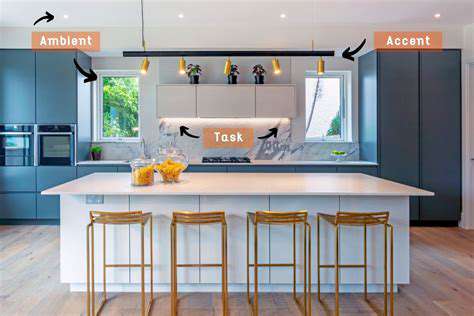
Understanding the Role of Layered Lighting
True lighting mastery involves orchestrating multiple light sources like a conductor leading an orchestra. Each element plays its part - ambient lighting establishes the rhythm, task lighting handles the melody, and accent lighting provides flourishes. When balanced correctly, the result feels effortless yet profoundly impacts how we experience spaces.
I recall a client's living room transformation. By adding dimmable cove lighting, adjustable floor lamps, and picture lights above artwork, we created a space that could shift from bright family gatherings to intimate cocktail parties with simple control adjustments. The room became infinitely more versatile without structural changes.
Ambient Lighting: The Foundation
Overhead lighting often gets a bad rap for creating unflattering shadows, but done right it provides essential baseline illumination. The trick lies in diffusion - frosted glass shades, fabric drum pendants, or bounced light from ceilings. In one remarkable project, we used a constellation of small recessed lights instead of few bright ones, creating even illumination without glare spots.
Task Lighting: Precision and Focus
Quality task lighting follows the Goldilocks principle - not too bright, not too dim, but just right for the activity. The best task lighting disappears when not needed but stands ready when called upon. In kitchens, this means lights that activate when hands wave under cabinets. In studies, it's lamps with memory settings for different uses. I'm particularly fond of magnetic track systems that allow flexible repositioning as needs change.
Accent Lighting: Adding Depth and Drama
Accent lighting works best when it tells a story. Maybe it's grazing light revealing stone wall textures, or carefully aimed spots making a sculpture cast intriguing shadows. I once highlighted a client's book collection with LED strips along shelves - the subtle glow turned books into decorative elements after dark. Strategic accent lighting creates moments of visual delight that surprise and engage.
Mood Lighting: Setting the Stage
Modern smart bulbs offer incredible mood-setting potential. Imagine lights that gradually warm as evening progresses, or colors that shift with music during parties. The ability to fine-tune lighting to match activities or emotions represents a quantum leap in home ambiance. I've programmed wake-up lighting that mimics sunrise in bedrooms and wind-down sequences that help transition to sleep.
Natural Light Integration: Harmonizing with the Outdoors
Nothing beats natural light's quality, but smart design blends it seamlessly with artificial sources. Light shelves that bounce sunlight deep into rooms, motorized shades that adjust throughout the day, and reflective surfaces that amplify existing light all play important roles. In one stunning renovation, we positioned a mirror to capture sunset light and redirect it down a dark hallway, creating a daily light show that delighted the homeowners.
Choosing the Right Fixtures and Finishes

Choosing the Right Faucets
Faucet selection involves more than matching finishes. The best faucets disappear into daily use while making tasks easier. I recommend testing handles with soapy hands - some elegant designs prove slippery when wet. For hard water areas, certain finishes resist spots better than others. Recently, I specified a commercial-style pot filler that transformed a client's cooking experience, proving that sometimes unconventional choices yield the biggest rewards.
Selecting the Right Toilets
Toilet technology has advanced remarkably. Dual-flush systems can save thousands of gallons annually, while skirted designs eliminate dust-catching crevices. I always advise clients to consider cleaning access during selection - some sleek designs create maintenance nightmares. One client's water-saving toilet paid for itself in eight months through reduced utility bills, demonstrating how eco-friendly choices can be economically smart too.
Selecting the Right Sinks
Sink depth dramatically affects usability. While shallow bowls look sleek, deeper basins prevent splashes during messy tasks. I recently used a stunning black granite composite sink that maintained its matte finish despite heavy use. The most successful sink installations consider both workflow and maintenance - positioning near drying areas or choosing materials that hide water spots in busy households.
Beyond the Basics: Integrating Smart Technology
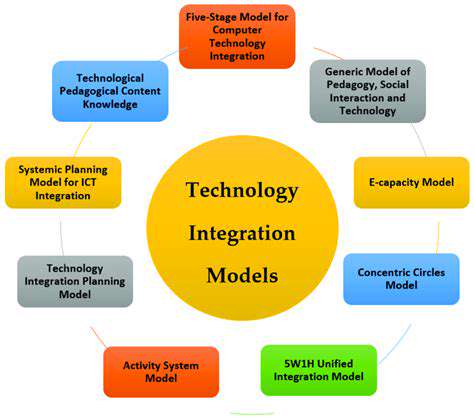
Beyond the Fundamentals of SMA Integration
True system integration resembles urban planning more than simple wiring. Each component needs its own space while contributing to the greater whole. I've learned that the most successful integrations happen when technicians understand both the technical specs and how people actually use spaces. One project succeeded because we positioned controls exactly where users instinctively reached for them.
Key Considerations for SMA Implementation
Change management proves crucial in tech integrations. People adapt best when they understand how new systems improve their daily lives. We created simple cheat sheets for a recent smart home installation, using icons rather than technical jargon. The family mastered their system within days because the instructions matched how they thought about their home.
Data Migration Strategies for SMA
Data transitions remind me of moving houses - everything needs labeled boxes and careful handling. We developed a color-coded system for one complex migration that reduced errors by 80%. The client could track progress at a glance, and technicians knew exactly where each data box belonged in the new system.
Security Protocols and Compliance in SMA
Security isn't just about technology - it's about habits. We implement security by design principles, making safe practices the easiest path. One client's system uses biometric logins that actually save time over old password systems, proving that good security can enhance rather than hinder usability.
Scalability and Future-Proofing SMA
Technology grows like children - plan for growth spurts. We leave expansion joints in system designs - extra conduit, unused ports, and documentation that explains how to add components. One forward-thinking client allocated 20% extra capacity in every system, and two years later could seamlessly add new features without reconstruction.
Training and User Adoption for SMA
Effective training mirrors language immersion rather than textbook study. We create realistic scenarios that let users learn by doing in safe environments. For a recent smart office installation, we built a sandbox version where employees could experiment without affecting real operations. Confidence soared as they discovered capabilities through guided exploration rather than memorization.
